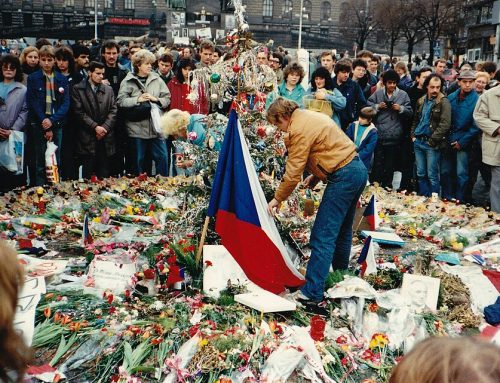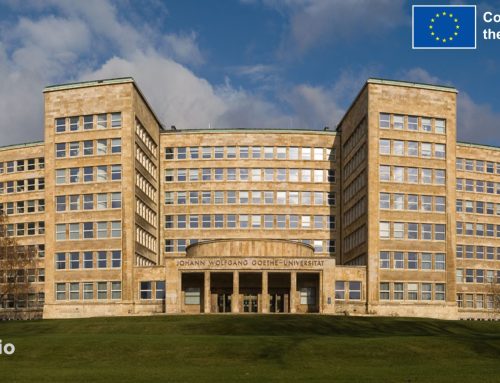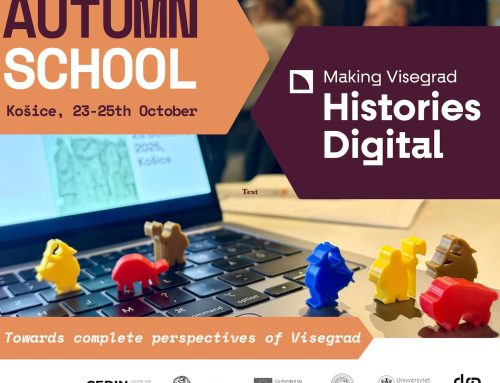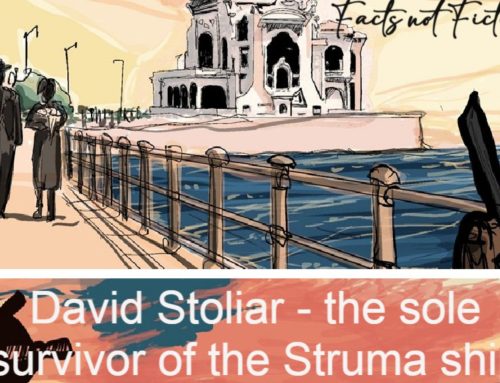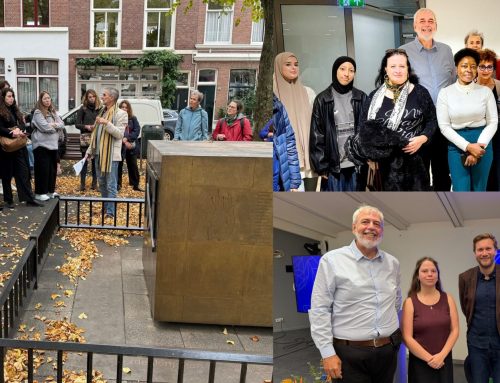Regular readers of the EuroClio website and newsletter may recall that in September 2012 it was announced that the digital portal Europeana was opening up its dataset of over 20 million digitised images, documents and other cultural objects for free re-use. Given that so many of these objects relate to history and heritage this has important implications for history educators everywhere, but particularly across Europe.
Now a new project, Europeana Creative, supported by the European Commission as part of its Digital Agenda for Europe, has been implemented. Its primary aim is to demonstrate that Europeana can facilitate the creative re-use of its dataset. Historiana and its web design partner Webtic, will have a role to play in this project. Europeana Creative has set up five pilot projects, one of which is on history education. As part of this work we will be trawling through the Europeana dataset for resources that could be uploaded on to Historiana as source collections and as material to support and illustrate current and future historical case studies and core narratives. But perhaps the more exciting aspect of the project is that we will also be working with Webtic to develop e-learning activities using these resources. Work on this has already begun and we envisage that it will lead to online activities on working with multiple perspectives, weighing evidence to support conclusions, using sources to make comparisons over time and space, planning an historical enquiry, analysing and interpreting photographs, cartoons, posters, historical maps and important documents. Given the huge dataset that is available we have decided to focus initially on five content areas where there appears to be a lot of material available. These are the Napoleonic Wars, Emigration to America, The First World War, European cooperation and Remembrance sites. We will keep you updated on future developments in this very fruitful collaboration.
Bob Stradling
Historiana editor-in-chief

